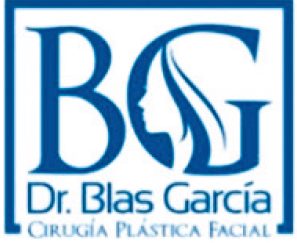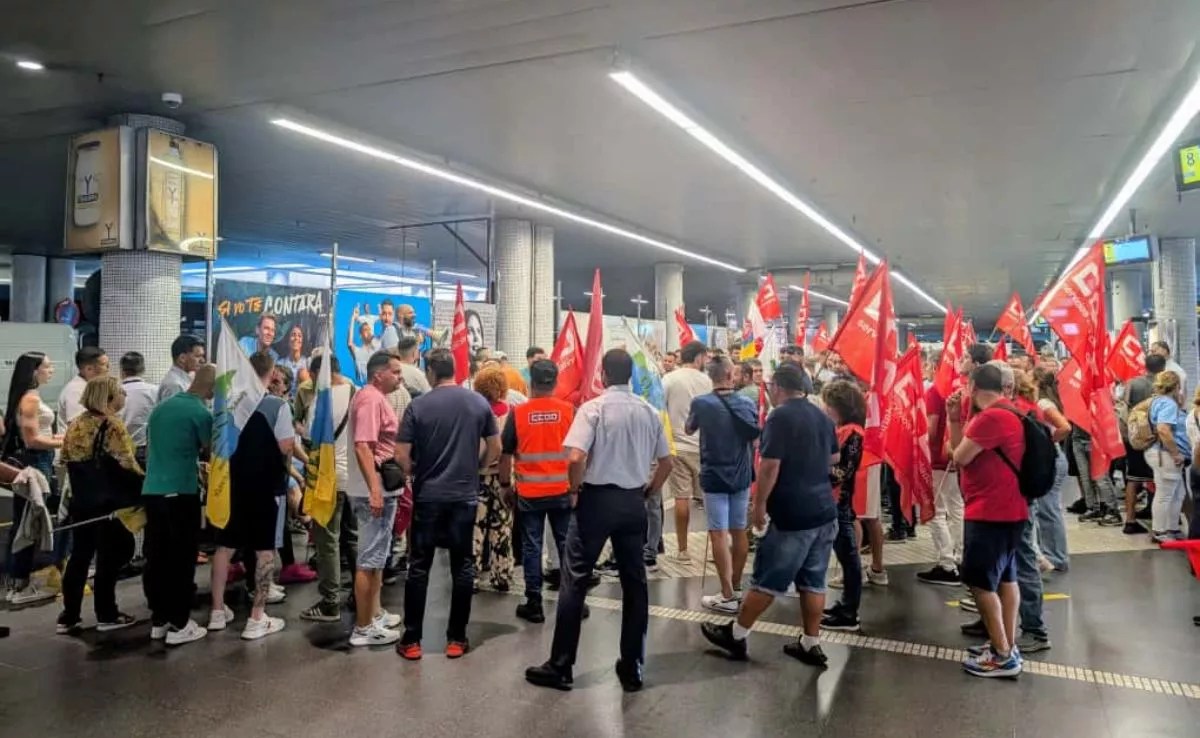Los Realejos has become in recent years a veritable museum of urban art, a point of cultural and artistic attraction that each year attracts more visitors. Neighbors and lovers of painting and art join the tourists, eager to discover the stories hidden in those drawings, colors and shapes that are visible to all and leave no one indifferent.
The northern municipality has a total of 59 outdoor works located in all the neighborhoods and areas in different spaces, ranging from walls, large public and private buildings and sports equipment to educational center façades, stairs, canopies, walls and the perimeter of public squares. All of them allow to know the idiosyncrasies and characteristics of each of them and, at the same time, the versatility of the participating artists.
Thus, in Icod el Alto, a large mural by Matías Mata (Sabotaje Al Montaje) testifies to the traditional practice of harvesting cereals and gofio as a sign of cultural identity and heritage of this neighborhood.
The same artist left captured on Avenida de Los Remedios, in Realejo Alto, a broad portrait of the faces of the writer, historian and biologist, among many other performances, José de Viera y Clavijo and the professor and chemist Antonio González, two of the most illustrious residents of Los Realejos; and in 2018 he turned the old municipal market into the first graffiti mural building in the Canary Islands. A total of 1,225 square meters converted into a symphony of colors in a building whose large circular structure is already striking in itself.
To them are added, among others, the great face of the Mexican artist Frida Kahlo, who colors the Fellapa Women’s Association, in La Ferruja, a creation of the local artist Adán Pérez Farrái, and a child-themed puppet, according to a City Child-Friendly such as Los Realejos, close to CEIP Palo Blanco, as well as apples that allude to the agricultural and productive tradition in this environment.
The urban art catalog is completed with many more works, among which are a large wall in La Montaña, in front of the square and commercial building of this nucleus, or the one that pays homage to the croissant traditions, in La Cruz Santa, to name a few examples.
The idea was born in 2016 with a training workshop in urban art at the Artistic Schools of Los Realejos-Afaver, to which specific commissions from different artists have been added by the City Council. At that time, the mayor, Adolfo González, was the Councilor for Culture and had the idea of decorating a public space. The idea was liked and the Consistory began to hire artists from time to time to make interventions outside the educational centers.
But it was in 2019 when the initiative received a boost with the Seis de Doce Festival, a project coordinated by local artist Víctor Pacheco, KOB Tropikal, which consists of creating six new works each year, making Los Realejos a benchmark for this type of art in Spain and in the municipality with the most murals per inhabitant in the Canary Islands. An objective that not even the COVID-19 pandemic managed to alter.
The Seis de Doce Festival is free, each author presents the work as they wish, chooses the theme and, therefore, is enriched with each new work. The artists are offered several walls of different dimensions and in different locations and each one chooses the one that best suits their needs and project. Of course, they must all meet certain conditions, such as being prepared with a stucco and being smooth. In addition, they must allow them to work with the placement of a crane and that it has lifting devices, because they cannot paint on a scaffold.
Known characters, drawings and geometric shapes, wavy lines, animals and traditions. Everything is valid when it comes to turning a wall into a true artistic attraction and not only by local creators, since other national and European creators have joined the project.
Due to the dimension that it has acquired, the City Council, and specifically, the Department of Tourism, have recently proceeded to catalog all the works with the main information of each of them: author, year of creation, material used, characteristics and location.
So far, none of the interventions has shown significant degradation because the materials and paints that have been used are specific for it. In any case, the mayor confirms that only those works that are very accessible have been restored, such as those outside educational centers. “The mural has its natural life, it is ephemeral art, therefore, when it deteriorates and its condition is irrecoverable, the cloth will be offered to another artist and a new one will be created on top of it”, he explains.
A way of saying that urban art will always have a place in Los Realejos.
A guided route that serves as a tourist attraction
The City Council’s idea is, in the not too distant future, to promote Los Realejos through its murals. Specifically, it is about offering a guided tourist route through this urban art museum in which each work will have a QR code, through which the main information will be accessed, in the same way that it can currently be obtained through from the municipal website, but in a faster and more comfortable way thanks to the mobile phone. “It is the only municipality in the Canary Islands that has a permanent urban art festival and that must be taken advantage of,” stresses the mayor, Adolfo González.















